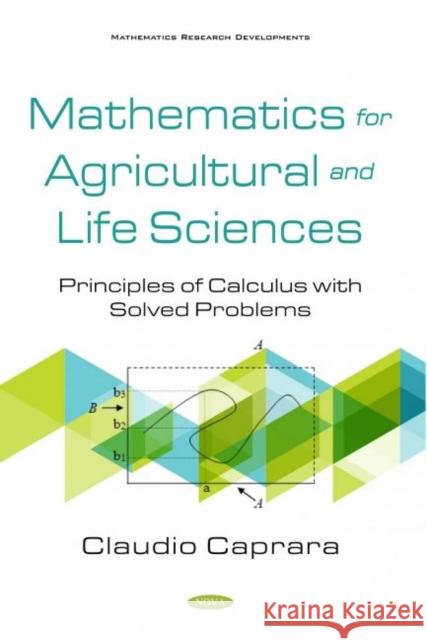Mathematics for Agricultural and Life Sciences: Principles of Calculus with Solved Problems » książka
Mathematics for Agricultural and Life Sciences: Principles of Calculus with Solved Problems
ISBN-13: 9781536180275
One of the difficulties that arise in teaching mathematics is related to the identification of the target and the most appropriate teaching methods for the people who are part of it. This aspect, true for all disciplines, applies to mathematics in particular. In fact, for example, an axiomatic approach is certainly suitable for Mathematical, Physical and Engineering Sciences, while students of many applied sciences, such as Agricultural and Life Sciences, need to focus on calculation tools and methodologies useful for their professional development rather than in dealing with the theoretical foundations of mathematics. The peculiarity of this book is not so much in setting classical approach "Theorem: Hypothesis, Thesis" with relative proofs, but in adopting a more pragmatic approach that renounce classical demonstrations, while maintaining a formal coherence in the topics dealt with. In this perspective, considering the approach required by the target to which it is addressed, the objective of this book is to provide methods to studying the variation of a phenomenon and its cumulative effects and consequently the study of the functions and the calculation of integrals respectively. One of the qualifying features is given by a series of completely resolved problems, occupying two-thirds of the volume, in which each mathematical step is detailed to understand "step by step" how to obtain the solution.











